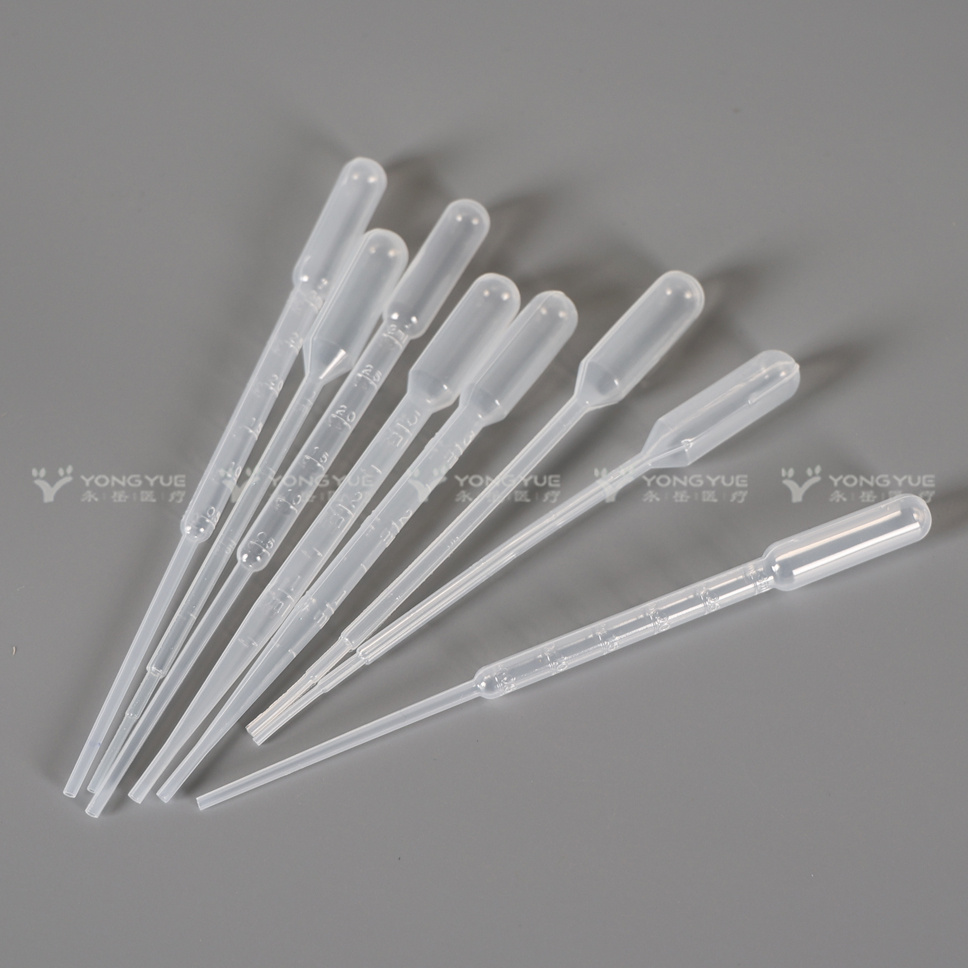The price of polysilicon has been linked globally. Since May, prices have continued to rise. In early September, it hit a new high in the past two years, breaking through $90/kg. Although there has been a slight decline after the National Day, the medium-term bullish trend has not changed. Several polysilicon concept stocks in the domestic A-share market such as Leshan Power and Sichuan Investment Energy have been sought after by the market for more than a month.
Xiao Wei, Marketing Sales Manager of Jiangxi LDK, told the China Securities Journal that the rise in polysilicon prices does not rule out a small part of the speculation, but the main driver of the rise is definitely driven by market demand, because of the main terminals such as Germany, Italy and Spain. The market rushed to buy battery components before subsidies were cut, causing an increase in short-term demand.
At present, the European polysilicon market accounts for 80% of the global market consumption. The world's largest demand market, Germany's photovoltaic power generation subsidies in July fell by about 15%, and will be reduced by 10% next year. This has led to expectations that the government may cut subsidies for photovoltaic power generation in the future.
Jiangsu Zhongneng Silicon, the largest polysilicon manufacturer in China, expects production to reach 21,000 tons by the end of this year. The unit cost at the beginning of the year was 30 US dollars/kg, and it has dropped to 25 US dollars/kg in the third quarter. This has reached almost the same industry low cost as the international manufacturer hemlock. If calculated according to this, the gross profit margin of polysilicon enterprises will be conservatively estimated to reach 300%.
This is obviously not the case. The price of polysilicon continues to rise, but the actual purchase of PV companies is not much. According to Suntech’s employees, “extra purchases account for only about 15% of our total demand. Others are based on long-term orders, ie benchmark price + ratio floating price.â€
The person in charge of Jiangsu Zhongneng told the China Securities Journal that more than 90% of their silicon materials are long-term orders of 3-8 years, and most of the small-scale PV companies have 70%-80% of silicon materials. "Our profit will not be as large as the market increase, and PV companies will not have such high cost pressure." According to the China Securities Journal reporter, the long-term contracts signed by polysilicon manufacturers and PV companies are almost uniform. Settle at the quarterly floating price. The price has risen slightly from the average price of 5%-10% in the previous quarter. The current long-term order in the industry is basically 60 USD/kg. The profit of polysilicon enterprises cannot be measured according to the current market price. At present, the gross profit rate of low-cost enterprises in the world is about 50%, and most domestic enterprises are around 25%.
Xiao Wei told the China Securities Journal that the company has received some temporary orders. This part of the raw materials really needs to be bought at the current market price, but the actual purchase volume is very small. "If 30%-40% of the orders require spot purchase of polysilicon, Even if the market demand for polysilicon components is good, the company can't make a profit."
Will polysilicon prices continue to be hot, and continue to soar to $400/kg as in the first half of 2008? The industry is generally not optimistic. This is a temporary increase in demand caused by changes in subsidy policies. The rise in silicon prices has stimulated the release of polysilicon production capacity, and the short-term imbalance between supply and demand in the short-term will be broken. The person in charge of Jiangsu Zhongneng said, "We don't expect huge profits. This high price is not likely to continue. It is conservatively estimated that up to the middle of next year, prices will fall downward due to changes in supply and demand."
Practical disposable transfer pipettes, made from natural low density polyethylene (LDPE). The transfer pipet is simple and safe to use with a long shelf life; no issues with broken glass, cracked or loose bulbs. Additional advantage is that with the single piece design lager amount can be transferred by allowing fluids in the bulb. These plastic transfer pipettes are ideal for transferring small amounts of fluids for microscopy sample preparations or to prepare mixtures or staining solutions. The extra fine tip enables transferring minute amount of fluids. These cost-efficient plastic transfer pipettes are disposable and intended for one-time use. Ideal for educational and research environments. Can be used for fluids up to 70°C, please take care to protect the fingers squeezing the bulb. Available in six sizes/styles: 0.5ml, 1ml, 2ml, 3ml, 5ml, 10ml.

Plastic Transfer Pipettes,Disposable Transfer Pipettes,Sterile Transfer Pipettes,Disposable Plastic Pipettes,3ml Pipette,5ml Plastic Pipette,Pasteur Pipettes
Yong Yue Medical Technology(Kunshan) Co.,Ltd , https://www.yypcr.com